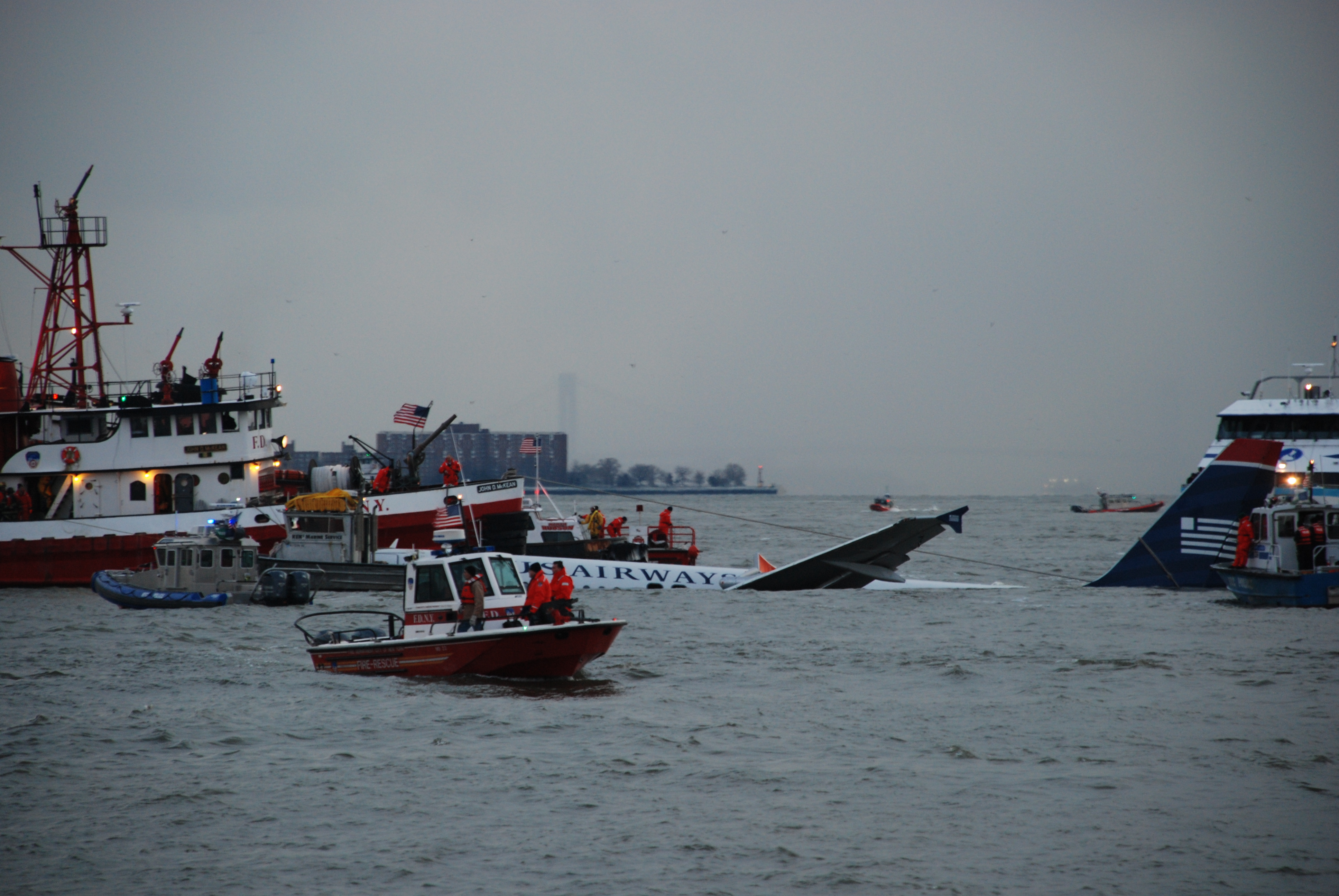Miracle on the Hudson
_after_crashing_into_the_Hudson_River_(crop_4)_1705307323_1.jpg)
On January 15, it marked the 15th anniversary of one of the most notable aviation incidents in history, known as the "Miracle on the Hudson."
On that day in 2009, the US Airways Airbus A320-214 was operating flight AWE1549 from New York to Charlotte to Seattle. The aircraft, piloted by Captain Chesley Sullenberger and First Officer Jeffrey Skiles, collided with a flock of Canadian geese during the ascent from LaGuardia Airport. Some geese entered both engines, causing them to fail. At this point, the plane had climbed almost 1000 meters. To assess the situation and make decisions, the pilots had 35 seconds. Realizing that they couldn't reach any of the nearby airports without working engines, they opted for an emergency landing with retracted landing gear on the Hudson River.
The pilots managed to turn the plane 180 degrees, glided over the river, skillfully avoiding the George Washington Bridge, and successfully landed across from 48th Street in Manhattan. The plane remained in the air for less than 7 minutes, sustaining significant damage but staying afloat, allowing the evacuation of all 155 passengers and crew by boats and ferries. While 100 people were affected, only 5 sustained injuries requiring serious hospital treatment.
During the investigation, pilots were initially accused of making the wrong decision to land on water. Simulations on a simulator consistently showed successful landings at one of New York's airports. However, participants in these simulations were already aware of the situation and had only 5 seconds to decide. When the decision time was increased to 35 seconds, none could successfully land the plane at an airport. As a result, all accusations against Sullenberger and Skiles were dropped, and they received several prestigious awards and national hero status.
The crashed aircraft was retrieved from the river, dismantled, and, after the investigation concluded, transported to the Carolinas Aviation Museum in Charlotte, North Carolina. The restoration of the aircraft was completed in the fall of 2012, and it became the centerpiece of the museum's collection.

 Fan-page
Fan-page Youtube
Youtube TikTok
TikTok Aviamuseum
Aviamuseum State Aviation Museum
State Aviation Museum
_after_crashing_into_the_Hudson_River_(crop_4)_1705306995_1.jpg)
